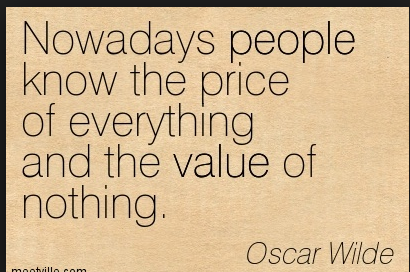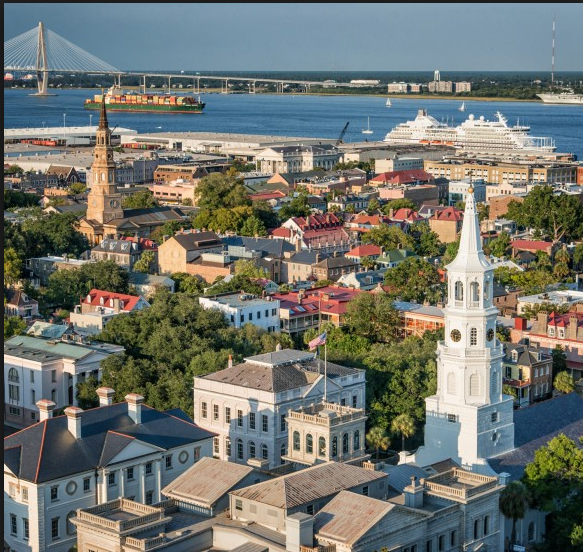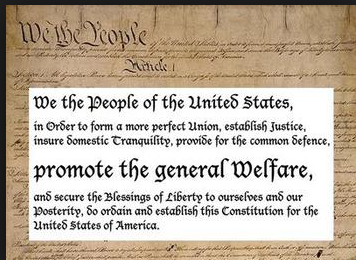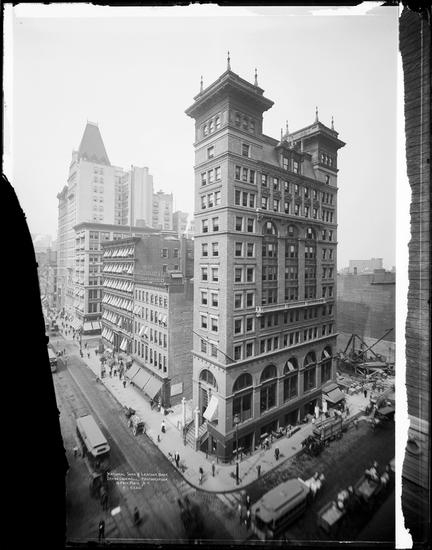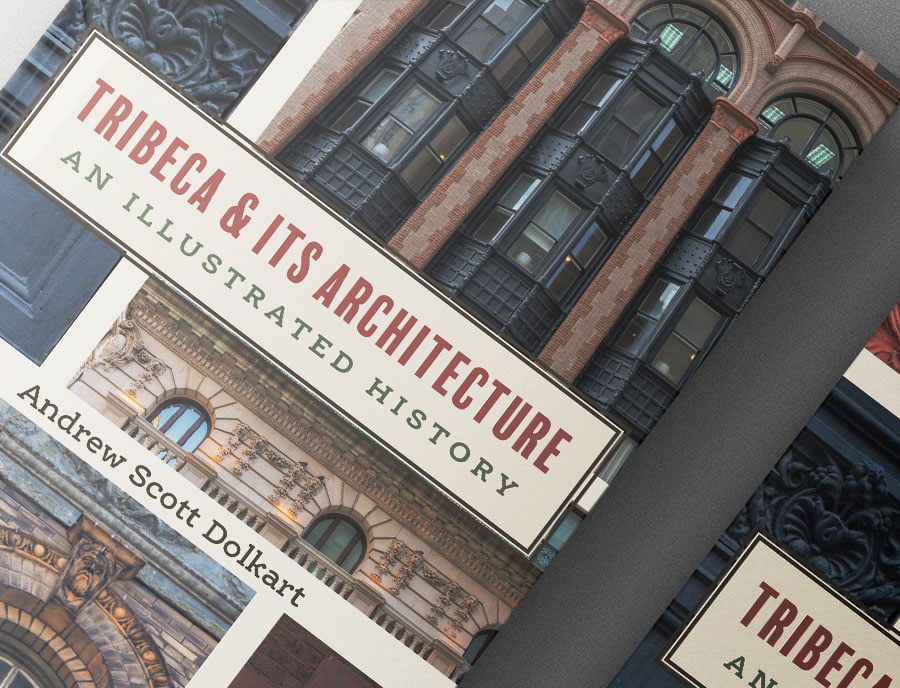I was asked some questions about historic districts recently. So I decided to work up good answers. Here is the short of it.
What is a historic district?
A historic district is a neighborhood knitted together by some visual commonality and historical experience. The National Register of Historic Places defines it as “a geographically definable area – urban or rural, large or small – possessing a significant concentration, linkage, or continuity of sites, buildings, structures, and/or objects united by past events or aesthetically by plan or physical development.” (cited in Murtagh, kindle edition p. 1165)
Are they preserved in amber?
As Murtagh says, designation is a kind of zoning, and that is a good thing. The right of the people to engage in zoning (via their government) has consistently been upheld by the Supreme Court. But that does not mean that historic districts are “preserved in amber” as the Real Estate Board of New York and their retainers and discontents like to accuse. New buildings inevitably go up on empty lots within historic districts. Buildings sometimes decay or burn down so that new construction must take place. And modifications to older buildings are needed when they are adapted to new uses. Moreover, some building or parking lots are classified as “non-contributory” and can be replaced so long as the new construction doesn’t harm the integrity of the district. I will write more on integrity in a separate posting as it has become problematic.
So yes, change happens inside historic districts. But that change is regulated.
Is there an economic benefit to historic districts?
Historic districts are designated because the public desires them as cultural assets for society at large. They provide a public benefit for present and future generations. They are a kind of public good. But being a public good means that economic theory cannot estimate the financial worth of historic districts – except to say that their value far exceeds whatever a developer can get on any particular site. Their value has to be determined in the political realm of society, not with spreadsheets. That is true for all public goods. Cost benefit analyses are so flawed as to be useless when we are talking about big choices society makes.
That said, the data is pretty clear that most of the time, when real estate prices are rising generally in a city, they rise a bit higher inside historic districts than outside. This is because historic districts typically embody all the great things people want in a neighborhood: a livable density, light, air, beauty, views, a kinetic connection to history, in short, a sense of the best of “urbanity.” In some parts of the world, historic districts are major drivers of the tourism economy as well, but that is not the public benefit part of the story, just an incidental outcome.
Why create a historic district?
The National Historic Preservation Act tells us exactly why we might bother to designate a historic district, and it is not about money. After an unprecedented wave of destruction of historic properties and neighborhoods that occurred in our country in the 1950’s and 1960’s, Congress “found and declared” the following:
- the spirit and direction of the Nation are founded upon and reflected in its historic heritage;
- the historical and cultural foundations of the Nation should be preserved as a living part of our community life and development in order to give a sense of orientation to the American people;
- historic properties significant to the Nation’s heritage are being lost or substantially altered, often inadvertently, with increasing frequency;
- the preservation of this irreplaceable heritage is in the public interest so that its vital legacy of cultural, educational, aesthetic, inspirational, economic, and energy benefits will be maintained and enriched for future generations of Americans.
It means that at some point, society says: hey stop, we’ve reached a kind of “apex” point as Michael Sorkin calls it, a moment when some part of the urban forest is so great and valued that we want to keep it and show it off to future generations. That seems clear enough to me.
What about in New York City?
The purpose of the New York City Landmarks Law is similar in purpose to the congressional, but is trickier to find. If one starts with the New York City Charter, there is only a description of how the landmarks commission is set up. To discover the why it was set up, find the “Declaration of Policy Advice from the City Council” inside the City’s Adminstrative Code. Here is what the Council said, after declaring that too many great buildings and neighborhoods were being “uprooted”, emphases mine:
“It is the sense of the council that the standing of this city as a world wide tourist center and world capital of business, culture and government cannot be maintained or enhanced by disregarding the historical and architectural heritage of the city and by countenancing the destruction of such cultural assets…
It is hereby declared as a matter of public policy that the protection, enhancement, perpetuation and use of improvements and landscape features of special character or special historical or aesthetic interest or value is a public necessity and is required in the interest of the health, prosperity, safety and welfare of the people “(Section 25-321 of the NYC Administration Code)
Historic districts are clearly assets that serve the broad public welfare as only cultural assets can.
And in economics terms, they are priceless.
Sources (just a few):
Sara Bronin and J. Peter Byrne, Historic Preservation Law (Foundation Press, 2012)
National Preservation Act of the U.S. Congress
New York City Administrative Code Section 25-321.
William Murtagh, Keeping Time: The History and Theory of Preservation in America (Wiley Third Edition 2006).
Guido Licciardi and Rna Amirtahmasebi, eds. The Economics of Uniqueness (World Bank, 20012)
A. Myrick Freeman, The Measurement of Environmental and Resource Values: Theory and Methods 2nd Edition, (Resources for the Future, 2003)

